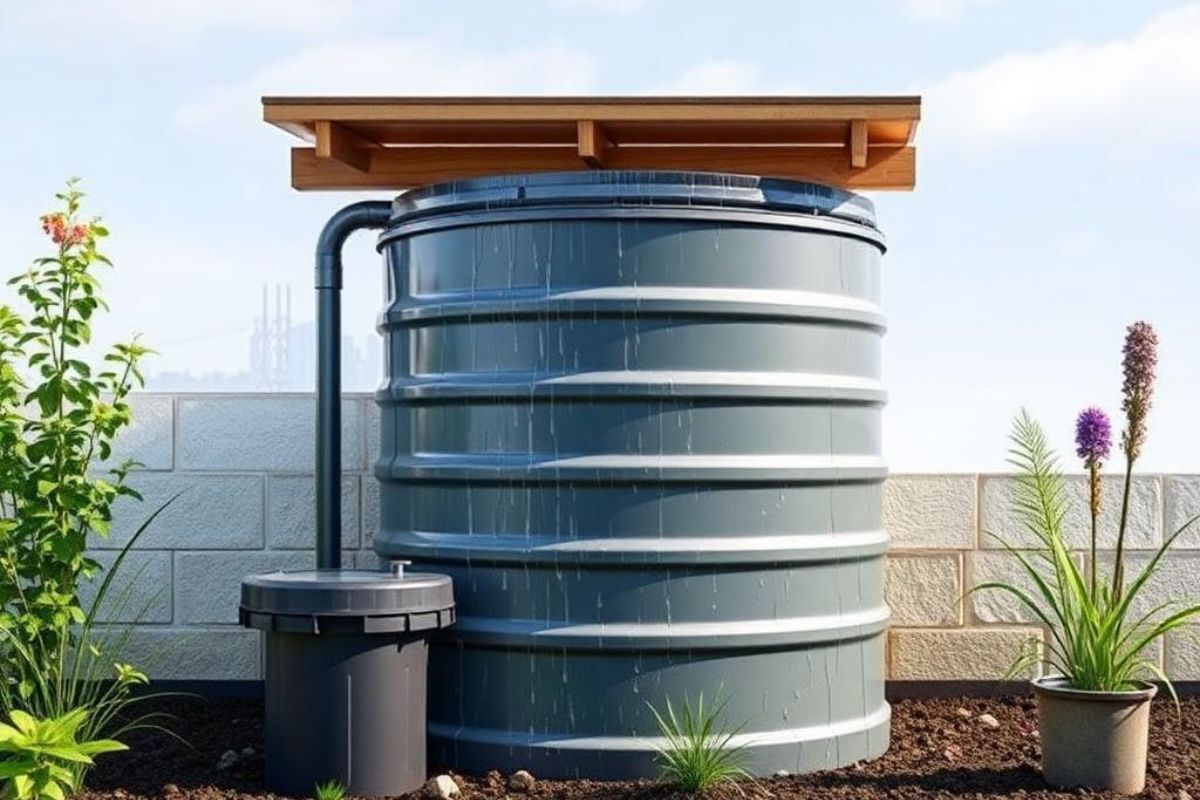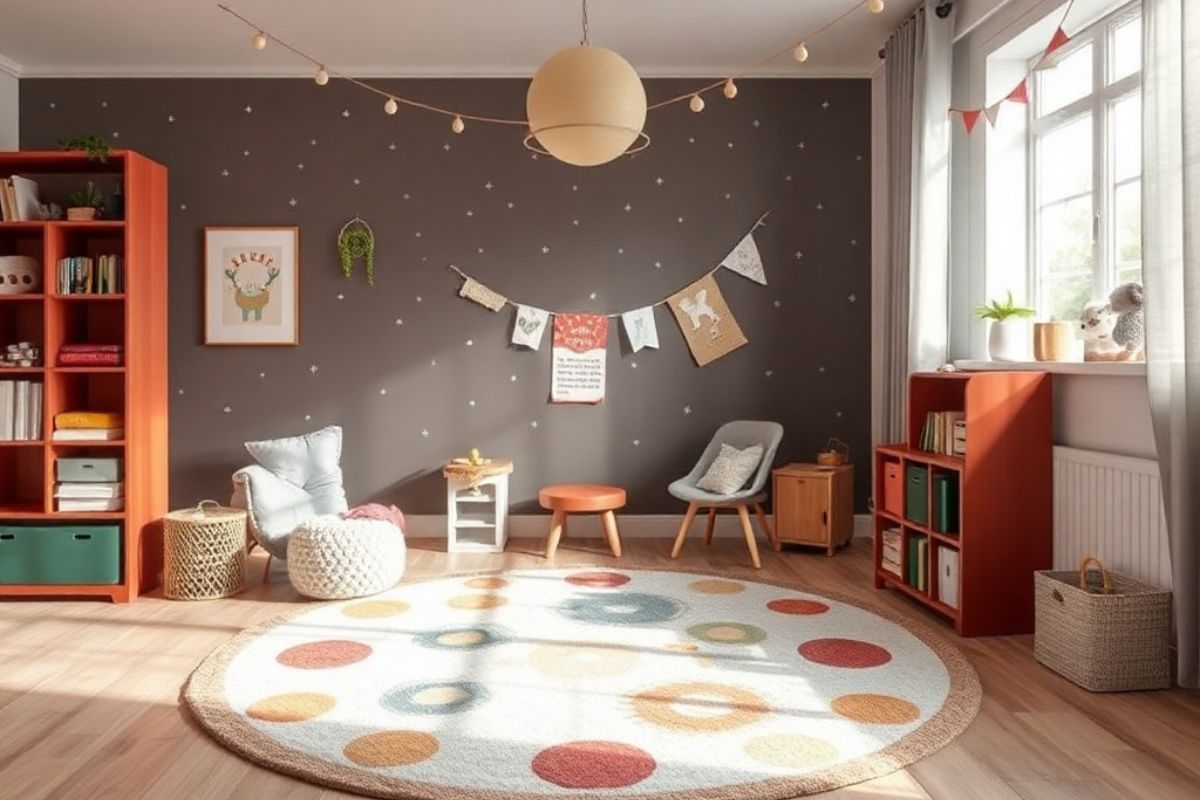Assessing Your Water Needs
Before diving into water collection and filtration techniques for your tiny home, it is essential to first gauge your water needs. Understanding your daily consumption helps you design an efficient system that meets your lifestyle without excess.
Start by auditing your daily water use. Consider everything from drinking to cooking, and don't forget hygiene and cleaning. You'll need to estimate the gallons used per activity. For instance, a shower might use around 2 gallons per minute, whereas a toilet flush could use up to 1.6 gallons.
Next, think about the size of your tiny home and the space available for water storage. You're working with limited space, so planning is key. Opt for multi-use fixtures and appliances that conserve water. A low-flow showerhead or a dual-flush toilet can considerably reduce your water usage.
Also, consider the climate of your location. If you're in a dry area, your storage needs might differ compared to those living in a wetter climate. This impacts how much water you need to store during drier periods.
Basics of Rainwater Harvesting
Now that you understand your water needs, let's explore how you can meet them sustainably by setting up a rainwater harvesting system. This eco-friendly approach not only reduces your dependency on municipal water but also lessens your environmental footprint.

Firstly, consider the catchment area—typically your roof. The material of your roof affects the quality of water you collect. For instance, metal roofing is ideal as it's non-porous and doesn't leach chemicals into the water. Avoid materials like asphalt shingles, which can release harmful substances.
Next, think about the flow of rainwater. Gutters and downspouts channel water from your roof to a storage system. Make certain these components are kept clean and free from leaves and debris to prevent blockages and contamination. Installing gutter guards is a proactive step to maintain water purity.
Choosing the Right Collection System
Choosing the right collection system for your tiny home is vital to maximizing efficiency and sustainability. You've got several options, each with its own set of benefits depending on your specific needs and geographical location.
First off, consider a rain barrel system if you're starting out or if you're on a tighter budget. It's simple to install and operates by collecting runoff from your roof. Make certain you choose a dark, UV-protected barrel to inhibit algae growth and guarantee the water stays cleaner.
Alternatively, you might opt for a more advanced system like a cistern, which can be installed underground to save space and preserve the aesthetic of your tiny home surroundings. Cisterns are great for larger volume storage, making them ideal if you're in an area with less frequent rainfall.
Whichever system you choose, it's vital to pair it with a proper filtration system. This guarantees the water you collect is safe for use. Look for filters that target contaminants specific to your area to customize your setup.
Placement and Maintenance Tips
Once you've selected your water collection system, deciding where to place it and understanding how to maintain it are vital for guaranteeing longevity and efficiency. It's important to position your collection unit in an area with ideal exposure to rainfall while avoiding overhanging trees that can drop debris and contaminate your water supply.
You'll want to make sure it's accessible for cleaning and close enough to your home for easy hook-up to your plumbing system, yet far enough to prevent any structural damage in case of overflow.
Regular maintenance is key to keeping your system efficient. Monthly, inspect your tank for cracks or leaks and clear out any leaves or twigs from the gutters and filters. It's environmentally wise to use natural cleaning agents like vinegar or baking soda to scrub your tank and pipes, avoiding harsh chemicals that can harm the surrounding soil and water quality. Also, check the first flush diverter and empty it after every significant rain to prevent sediment from entering your storage.
Filtration Technology Overview
Understanding the various filtration technologies available is essential for ensuring the purity of your collected water. You've got options ranging from simple sediment filters to more advanced reverse osmosis systems, each suited to different needs and water quality levels.
Sediment filters are your first line of defense. They remove larger particles like dirt and rust, which helps protect finer filters down the line from clogging. These are generally inexpensive and easy to maintain, making them a practical choice for pre-filtering.
Activated carbon filters excel at removing chemicals such as chlorine, pesticides, and trace pharmaceuticals. They're great for improving taste and odor, ensuring your water doesn't just come out clean, but it tastes clean too.
For the highest purity, consider reverse osmosis (RO) systems. RO can demineralize and decontaminate water, stripping away nearly all impurities, including dissolved salts and bacteria. However, they require more energy and generate more wastewater.
Finally, UV filters use ultraviolet light to kill bacteria and viruses without chemicals. This method is highly effective and eco-friendly, as it doesn't introduce any substances into your water.
Each technology has its place, and you might find combining them offers the best solution for your tiny home's water needs.

DIY Water Filtration Solutions
You can create effective water filtration systems at home using readily available materials that are both affordable and environmentally friendly. Start by constructing a basic charcoal filter. You'll need natural charcoal, sand, and gravel. First, crush the charcoal into small pieces; this is your active filtering agent that removes impurities and odors.
Next, layer the materials in a bucket: start with a fine cloth at the bottom, followed by charcoal, sand, and then gravel. Water passes through this setup, leaving contaminants behind.
For a more advanced setup, add a bio-layer to your filter. This involves incorporating soil and microorganisms, which break down organic matter even further. Begin with a layer of soil atop the charcoal. Verify it's rich in organic content to foster microbial growth. This method mimics natural groundwater filtration and is highly effective for larger particles and biological contaminants.
Commercial Filters for Tiny Homes
While DIY solutions are great for some, you might prefer the convenience and reliability of commercial water filters in your tiny home. These systems, ranging from under-sink models to whole-house units, are specifically designed to meet the demands of smaller spaces without sacrificing performance.
You should consider factors like filtration capacity, maintenance requirements, and water flow rates. Look for filters certified by reputable organizations such as NSF International, which guarantees they effectively remove contaminants like lead, chlorine, and bacteria. This not only guarantees safer drinking water but also contributes to a healthier environment by reducing reliance on bottled water.
Another aspect to think about is the filter's lifecycle. Opt for systems with longer-lasting filters to minimize waste and frequent replacements. Some brands offer recyclable or biodegradable filter options, enhancing your eco-friendly footprint.
Lastly, review installation requirements. Many commercial filters designed for tiny homes are easy to install yourself, saving costs on professional services. Confirm the system you choose can integrate seamlessly with your existing water supply setup, maintaining efficient use of space and resources.
Maximizing Storage Space
Maximizing storage space in your tiny home involves strategically choosing furniture that doubles as storage solutions. Opt for a bed with built-in drawers underneath for clothing and bedding, or consider a platform with a lift-up mattress that reveals ample space for less frequently used items. A convertible sofa that transforms into a bed or has storage compartments can also save space and reduce clutter.
In the kitchen, install toe-kick drawers at the bottom of your cabinets. These drawers are perfect for storing flat items like cutting boards and baking sheets. Use magnetic strips to hold knives and spices on the wall, freeing up valuable drawer and counter space.
Think vertically by installing shelves up to the ceiling, especially in areas like the bathroom, where you can store toiletries and cleaning supplies in organized baskets. A hanging organizer on the back of your door can hold shoes or small personal items, maximizing every possible area.
Choosing furniture and fixtures with multiple functions not only saves space but also encourages a more sustainable living environment by reducing the need for multiple pieces of furniture. This approach is not only practical but also aligns with an eco-conscious lifestyle by minimizing material use and waste.
Water Collection Legal Considerations
Before setting up a water collection system in your tiny home, it's crucial to understand the local regulations that govern the use of such technologies. Different areas have diverse rules about collecting rainwater and other forms of water harvesting, primarily to manage water resources responsibly and guarantee that everyone has fair access.

Firstly, check if your state or municipality requires permits for rainwater collection systems. Some regions might restrict the amount or type of water you can collect, especially in areas prone to drought. It's also important to determine whether there are any specific design standards or approved technologies you must use to comply with local codes.
Additionally, you'll want to look into any potential property tax implications. In some places, implementing sustainability initiatives, like rainwater harvesting, can qualify you for tax incentives, which could offset some initial setup costs.
Always consult with local authorities or a legal expert in environmental law to make certain you're not only adhering to the letter of the law but also contributing positively to your community's ecological health. Remember, the goal is to enjoy the benefits of water collection without impacting your local water table or infringing on neighbors' rights.
Ensuring Water Quality and Safety
Guaranteeing the purity of your collected water is vital for maintaining a healthy living environment in your tiny home. First, you'll want to test your water regularly for contaminants like bacteria, heavy metals, and chemicals. You can buy test kits online or seek services from local water quality labs. Based on the results, you may need to adjust your filtration system.
Speaking of filtration, invest in a high-quality system that suits your specific needs. Options range from carbon filters, which remove odors and improve taste, to reverse osmosis systems, capable of eliminating a broader range of contaminants. Remember, no one filter does it all; you might need a combination to guarantee safety.
Additionally, consider the eco-friendly aspect of your filtration system. Opt for systems that have a lower waste ratio and replaceable components to minimize environmental impact. Regular maintenance is essential, too—clean and replace filters as recommended by the manufacturer to maintain effectiveness.
Lastly, keep your water storage tanks clean. Periodically drain and scrub them to prevent algae and bacteria buildup. By taking these steps, you'll guarantee that the water you're drinking is not only safe but also as sustainable as possible.
Conclusion
You've explored how to harness and purify rainwater for your tiny home, making a sustainable choice for your water supply. Remember, selecting the right system and maintaining it properly guarantees safe, clean water. Always check local regulations to stay compliant.
By using efficient filters and smart storage solutions, you'll maximize your space and maintain water quality. Embrace these eco-friendly practices, and you'll considerably reduce your environmental footprint while enjoying the independence of your tiny home lifestyle.






Share: